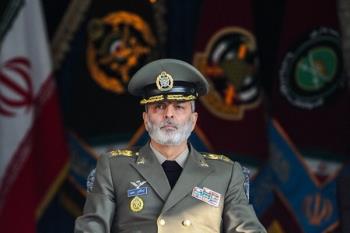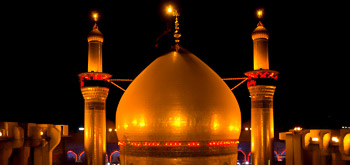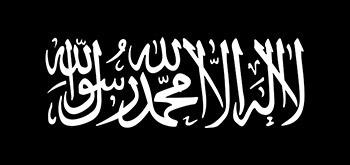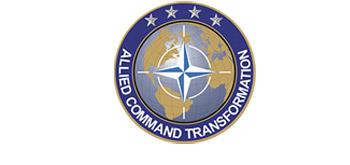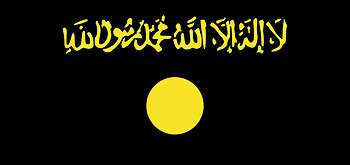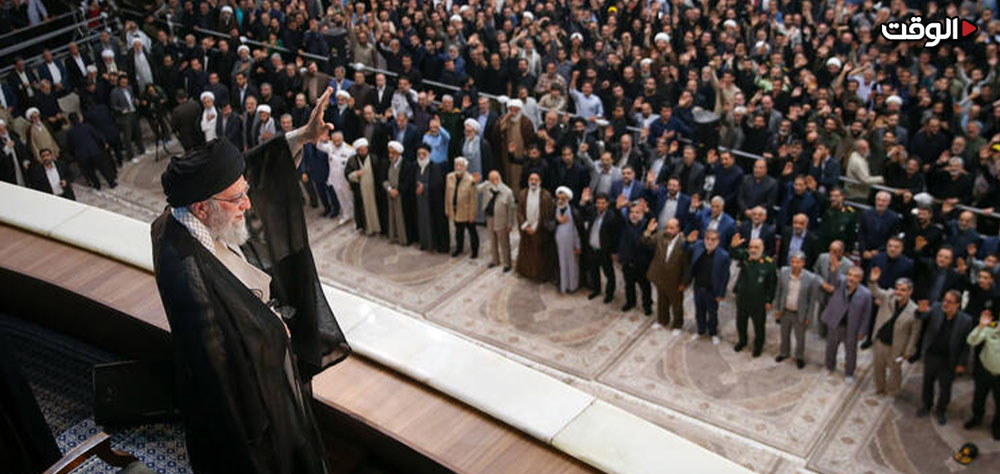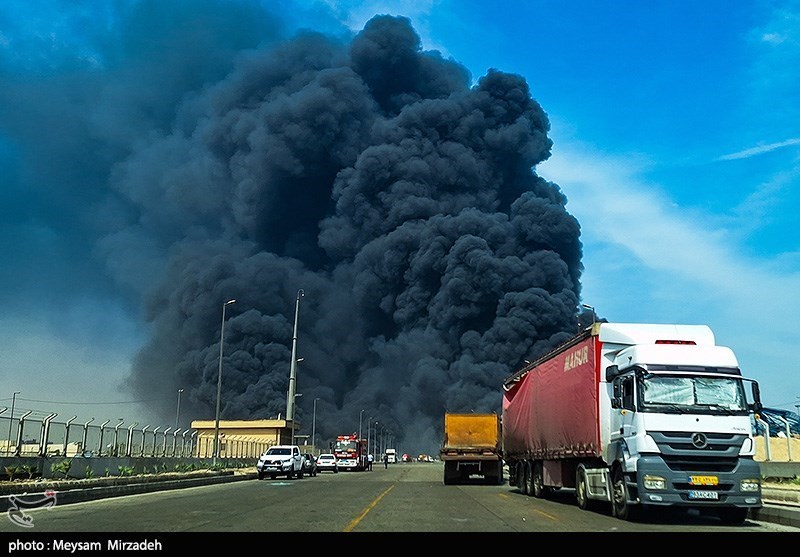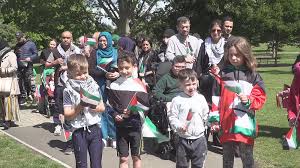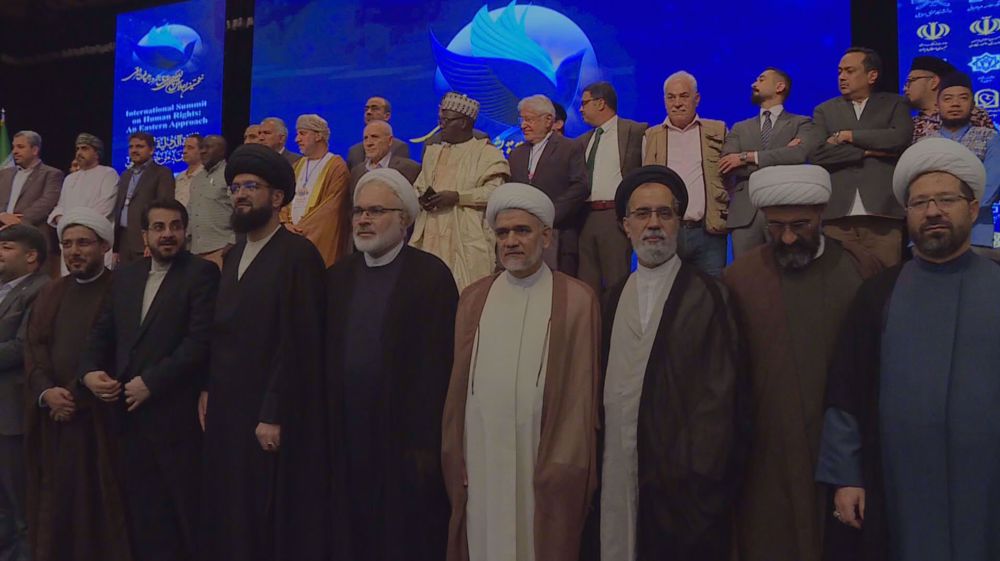Alwaght- Afghanistan finally held its third parliamentary elections after a three-year delay on Saturday October 20, amid tight security for the people to cast their votes. Some 2,500 candidates competed for 250 seats of the National Assembly. 10 seats were given to the Afghan nomads, known as Kochis, and a single one was given commonly to the Hindu and Sikh minorities.
More than 50,000 forces were mobilized for the security of polling stations. According to the plans, the preliminary results will be published on November 10 and the finals will be issued on November 20. The elections were held in 33 out of 34 provinces. Elections were not held in the Taliban-controlled areas like some towns in Ghazni province in central Afghanistan.
According to the website of the Independent Election Commission, 8,918,107 Afghan citizens registered to vote— 3,067,918, women, 5,681,592 men, 168,015 Kochis, and 583 Sikhs and Hindus.
Alwaght has conducted an interview with Abbas Fayaz, an Indian Peninsula affairs expert, asking him to give a picture of Afghanistan elections. Here is the interview text:
Alwaght: How did you see the turnout in the recent elections? What kind of role did the election law changes and the voting process reform play in the turnout?
Fayaz: Based on the reports we saw on Afghanistan media, people turned out very well and the polling stations saw the citizens come to vote. You know that in Afghanistan’s election only registered people are allowed to cast their votes. An electoral tag on their IDs indicates their registration. After confirmation of their registration, they can vote to their favorite candidates. In the first stage, which is the registration, more than 8 million people registered. But the eligible voters’ number according to national figures is 15 million. The decline of a little bit less than half of the eligible voters to participate majorly has security causes. Other causes include preventing the women in some distant regions from voting… regions where women’s turnout is deemed as socially inappropriate.
So, if we consider the total number of eligible people, then we can conclude that a little more than half of them voted. But if we want to build over conclusion on the number of those voted, then we should wait for a finalized report of the election commission. We heard that due to some technical problems, the election operation in some regions was delayed to Sunday. So a final say on the turnout rate takes some time. But in general, the media reports show a good turnout. One of the main reasons behind the positive reception of the election by people is the electoral law reforms, called for by the political parties and carried out by the government. The most important measure is the biometric voter verification to protect the votes and prevent fraud. Moreover, the supervision by various organizations to some extent restored the people’s trust, though some analysts still raise concerns about the elections’ health and possibility of engineering them. Anyway, we need to wait and see what happened after the elections.
Alwaght: Some polling stations came under suicide attacks. Who were the attackers? What are their objectives? And how did you see the voting conditions in general?
Fayaz: Despite the complexity of Afghanistan’s security conditions and the threats by Taliban who vowed to disrupt the polling operation, and also the terrorist attacks, we can say that the voting process has gone relatively acceptable. Taliban claimed responsibility for the raids and its goals are glaringly apparent. The Taliban know that successful holding of the elections will shore up the Afghan government’s legitimacy and will provide it with the help it needs to set up the constitutional governance structures. Success in these elections provides the government with a strong ground to also successfully hold the next year presidential election. Therefore, in a time when the Taliban seek direct talks with the United States and do not recognize Kabul government’s legitimacy, the group cannot stand even relatively successful elections. So, it concentrated its efforts on harming them.
Alwaght: How was the foreign forces’ role in the election security?
Fayaz: Certainly, the foreign forces play an advisory role in the elections’ security. Their very presence in some parts of the country set up limits on the attacks by the anti-government militants. Still, the foreign forces are not directly involved in the protection of the polling stations. The Ministry of Interior has used about 70,000 forces to protect some 21,000 ballot boxes.
Alwaght: In addition to the unstable security conditions over the past year, the country also grapples with the economic hardship. How do you think the election results and change of lawmakers will improve the security and economic conditions?
Fayaz: To answer this question, we need to take into consideration that the current parliament expired three years ago, but it kept working. The very replacing of the current parliament with a new one, shaped by the popular votes and finely organized, will restore the credibility and clout of the parliament. But this depends on the process of the elections and persuading the influential parties and groups and most importantly voters about the health of the recent elections which gives the new members of parliament a credibility recognition. This will be clear in the upcoming days.
Anyway, holding the elections and people’s turnout rate show that at least a major part of the Afghanistan society is optimistic about security and economic improvement. So, if a reliable and publicly and politically-supported parliament is formed, it can effectively enter the ministers’ choosing, supervise the government performance, and reform the security and political structures in the country. The degree of role and success of the new parliament in fulfilling its duties is tied to the elections’ health and most importantly the people and political groups’ belief in the health. Clearly, we can have a more accurate assessment of the elections after the final results and the subsequent political stances.


